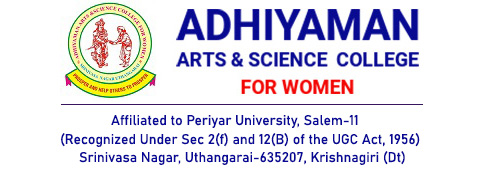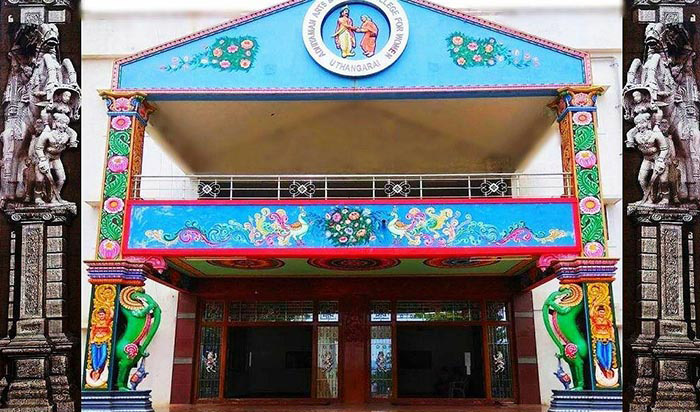For example, a net DTL increases total liabilities, potentially reducing equity as a proportion of total assets. Another challenge is what is straight-line depreciation data entry errors, which can significantly skew results. Implementing data validation and using Excel’s referencing features, such as tables and named ranges, can reduce these errors.
From sole traders who need simple solutions to small businesses looking to grow. Increase your desired income on your desired schedule by using Taxfyle’s platform to pick up tax filing, consultation, and bookkeeping jobs. Get $30 off your tax filing job today and access an affordable, licensed Tax Professional. With a more secure, easy-to-use platform and an average Pro experience of 12 years, there’s no beating Taxfyle. You can connect with a licensed CPA or EA who can file your business tax returns.
- Examples of assets that can be depreciated are Machines, Computers, Furniture, Vehicles, etc.
- In reality, the wear and tear on an asset can vary greatly based on actual use, which can be erratic.
- That would call for dividing the $180,000 by 27.5 to get an annual straight line depreciation of $6,545, the amount that can be deducted.
- However, it’s important to note that the DDB might not allow the asset’s book value to reach its expected salvage value by the end of its useful life, necessitating adjustments in later years.
It dictates how the asset’s cost spreads over time, and adjustments to the useful life can significantly affect depreciation expenses. The straight-line method’s popularity stems from its simplicity and ease of calculation. It provides a clear and consistent way to spread the cost of an asset over its expected lifespan, making it ideal for assets with a steady and predictable usage pattern.
The term “double-declining balance” is due to this method depreciating an asset twice as fast as the straight-line method of depreciation. The “2” in the formula represents the acceleration of deprecation to twice the straight-line depreciation amount. However, when using the declining balance method of depreciation, an entity is not required to only accelerate depreciation by two. They are able to choose an acceleration factor appropriate for their specific situation. It simplifies accountants’ calculations, which makes them less prone to error and reduces the record-keeping needed for financial statements.
Straight-line depreciation method uses guesswork
Therefore, a portion of the Fund’s distribution may be a return of the money you originally invested and represent a return of capital to you for tax purposes. The method can also help investors determine a company’s value in addition to future earnings potential. To democratize these opportunities, Yieldstreet has opened a number of carefully curated alternative investment strategies to all investors.
Lower risk of errors
This makes it a preferred choice for businesses that value financial planning and reporting consistency. Some businesses are required to follow Generally Accepted Accounting Principles (GAAP) in their financial reporting. When deciding which method is best for your assets, you need to determine if an asset will lose more value in its early life, or lose value at the same rate every year.
Disadvantages of the straight-line method
According to the straight-line method of depreciation, your wood chipper will depreciate by $2,400 every year. The straight-line method is a popular choice for its simplicity, but it has limitations. Understanding the pros and cons can help you decide if this depreciation method is right for your business. Below is a break down of subject weightings in the FMVA® financial analyst program.
You can then depreciate key assets on your tax income statement or business balance sheet. An asset’s cost with this basis is depreciated the same amount for each accounting period. This helps to avoid extreme cash-balance and profitability swings on a company’s financial statements. Key assets can then be depreciated on a business balance sheet or tax income statement. Depreciation calculation is crucial for financial reporting and tax purposes.
Let’s consider a fictional business called “Tech Innovators Inc.” that recently purchased a state-of-the-art computer server for $20,000. The company estimates that the server will have a useful life of 5 years and a salvage value (the estimated value at the end of its useful life) of $2,000. Chartered accountant Michael Brown is the founder and CEO of Double Entry Bookkeeping. He has worked as an accountant and consultant for more than 25 years and has built financial models for all types of industries. He has been the CFO or controller of both small and medium sized companies and has run small businesses of his own. He has been a manager and an auditor with Deloitte, a big 4 accountancy firm, and holds a degree from Loughborough University.
Let’s say Standard Manufacturing owns a large machine that they purchased for $270,000. The machine has a useful life of four years and is depreciated using the double-declining balance method. Mastering the straight-line depreciation method is crucial for effective financial health in any business.
- It’s used to reduce the carrying amount of a fixed asset over its useful life.
- Because these assets are relatively high cost, depreciation aims to spread out their costs over the period they will be in use.
- Deferred tax liabilities are an important accounting concept and play a role in helping you balance immediate cash flow benefits with future tax obligations.
- We make it simple and seamless for our customers to take advantage of these hard-to-access tax-advantaged structures so you can build your wealth more efficiently at less than half the cost of competitors.
Step 4: Determine the Annual Rate of Depreciation
In the business world, fixed assets are resources that are expected to last for more than a year, and typically for several years. These items usually have a high initial cost, and depreciation helps to spread out that cost over the useful life of the item. Because of this, a company’s cash balance and profitability won’t experience the wildly fluctuating swings that can result from spending everything at once. Since it presupposes a constant loss in usefulness from period to period, the simplest way to compute depreciation is with straight-line depreciation. However, straight line depreciation may not always be the best option for every asset.
Declining balance method
In others words, it is the method to allocate the cost of an asset over its useful life. Depreciation is always charged on the cost price of the asset and not on its market price. Examples of assets that can be depreciated are Machines, Computers, Furniture, Vehicles, etc. For example, a bulldozer purchased for $100,000 with a salvage value of $10,000 and a useful life of 10 years would have an annual straight-line depreciation expense of $9,000.
That’s because you use one formula to calculate the yearly amount, which stays the same every year. It’s best used for assets you expect will decrease steadily in value over time. Now, consider an example to illustrate the straight-line method depreciation for a fixed asset. In straight-line depreciation, the assets are depreciated at an equal value every year of their expected life. For example, if a computer is expected to last 5 years, it will be depreciated by one fifth of its value each year.
The same amount is depreciated each year, so it is a predictable expense. The expense is posted to the income statement, and the accumulated depreciation is recorded on the balance sheet. Accumulated depreciation is a contra asset account, so the balance is a negative asset account balance. This account accumulates the depreciation posted each year, and each asset has a unique accumulated depreciation account. This expense will be an equal amount each year, reflecting a linear allocation of the asset’s cost over its lifespan.
MACRS (Modified Accelerated Cost Recovery System):
Custodial and clearing services are provided to Atomic Brokerage by Pershing LLC. For more details about Atomic Brokerage, please see the Form CRS, Atomic Brokerage General Disclosures, and the Privacy Policy. Fees such as regulatory fees, transaction fees, fund expenses, brokerage commissions and services fees may apply to your brokerage account. Evaluate the benefits and drawbacks of this phenomenon in the world of business. In some cases, this risk can be greater than that of traditional investments. Opportunities that do make the platform also serve another essential purpose — diversification.
Finally, the depreciable base is divided by the number of years of useful life. The straight-line method of depreciation benefits both your financial records and your tax calculations with its straightforward approach. The straight-line depreciation calculation is one of the most popular ways to allocate the cost of a fixed asset over its useful life due to its simplicity and consistency.
We are committed to making financial products more inclusive by creating a modern investment portfolio. Moreover, investors can get started with a relatively small amount of capital. Yieldstreet has opportunities across a broad range of asset classes, offering a variety of yields and durations, with minimum investments as low as $10,000. These people were considered to be more capable of weathering losses of that magnitude, should the investments underperform. However, that meant the potentially exceptional gains these investments presented were also limited to these groups.






